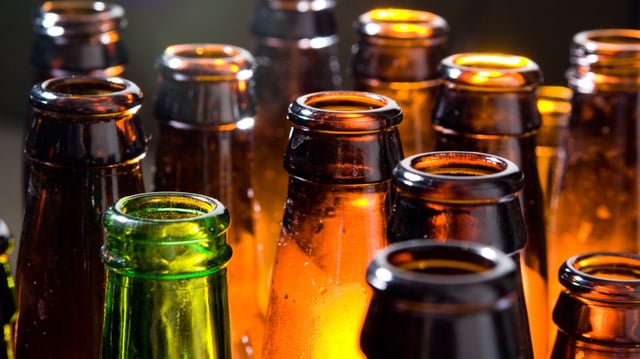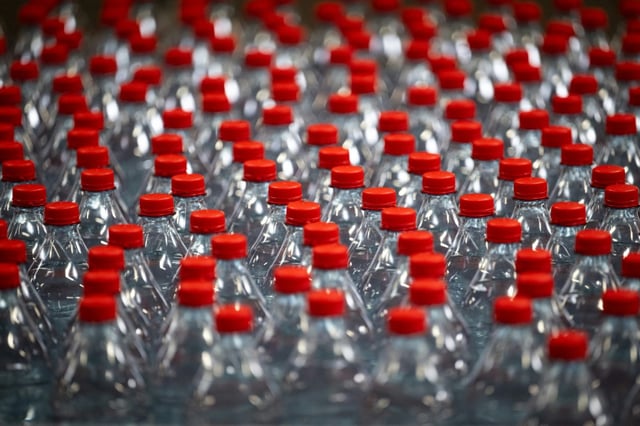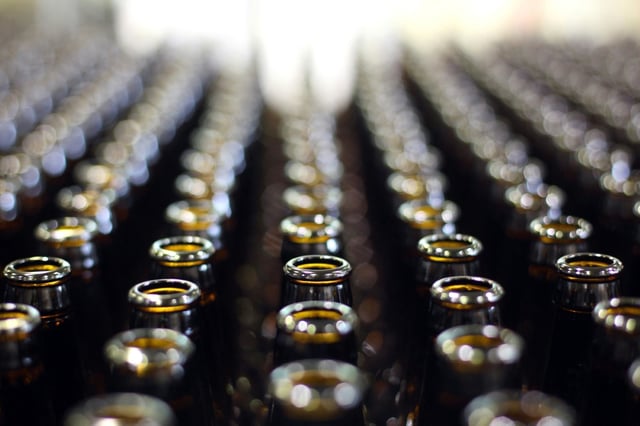Overview
- ANSES researchers detected an average of about 100 microplastic particles per liter in glass-bottled soft drinks, lemonade, iced tea and beer, five to 50 times higher than in plastic bottles or metal cans.
- Analysis showed the particles match the polymer composition, shape and color of the paint on glass bottle caps, with microscopic scratches shedding fragments into beverages.
- Beer had the highest contamination at roughly 60 particles per liter, followed by lemonade at 40 and soft drinks at 30, while wine and water registered comparatively low levels.
- A cleaning protocol of blowing caps with air then rinsing them with water and alcohol cut cap-derived microplastics by up to 60 percent.
- No safe threshold for microplastics in food or drinks has been established, and researchers continue to investigate potential health risks.



